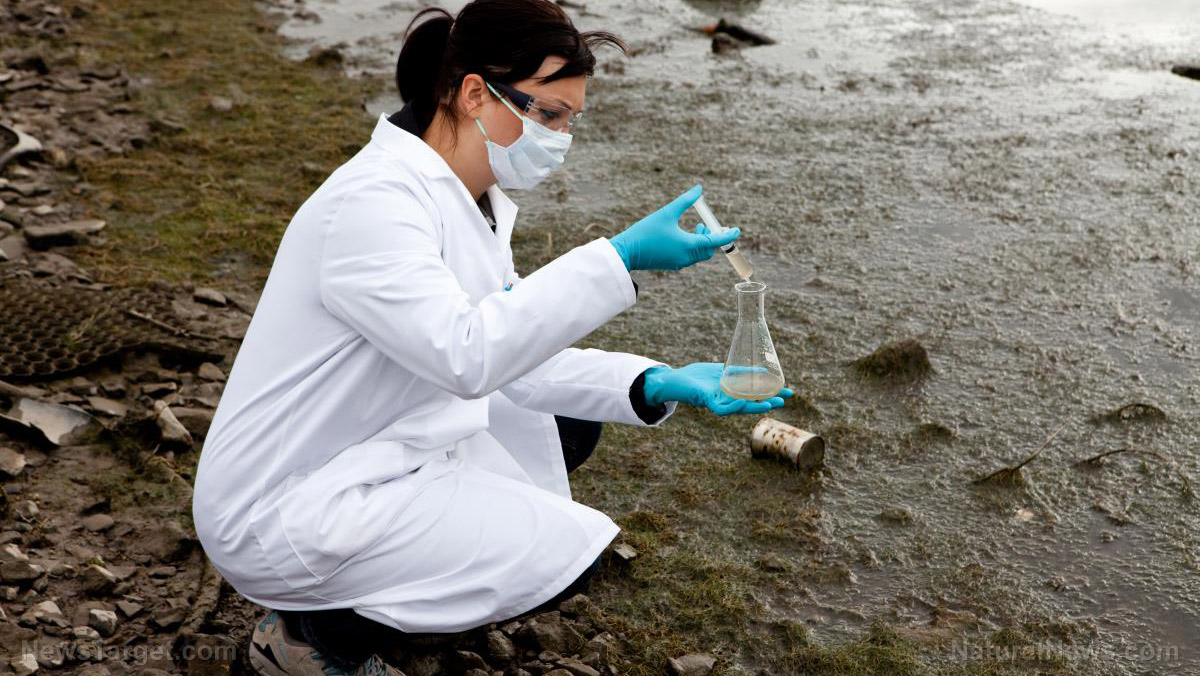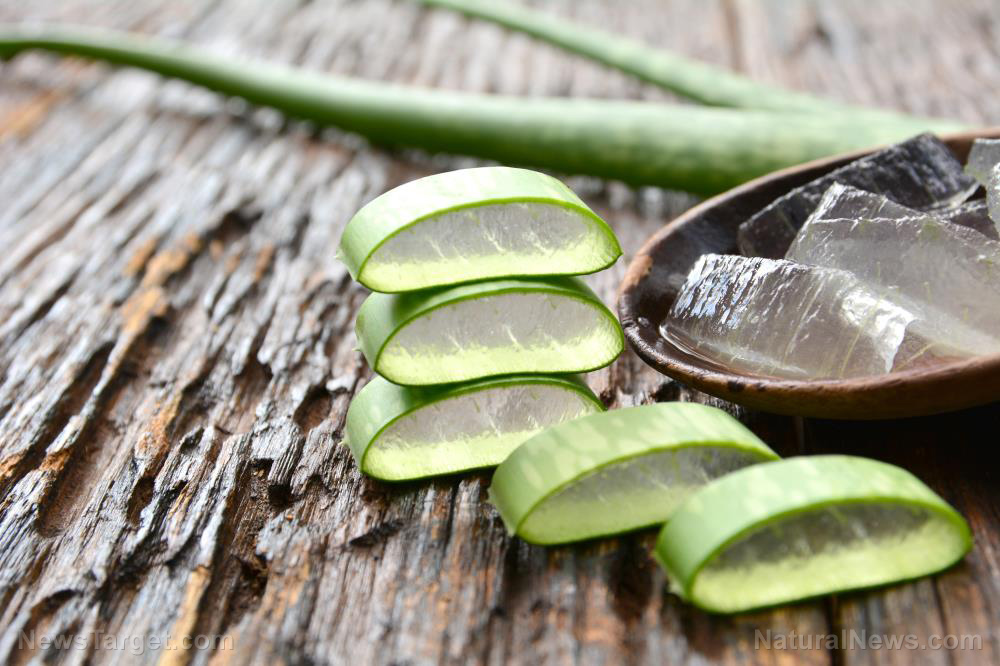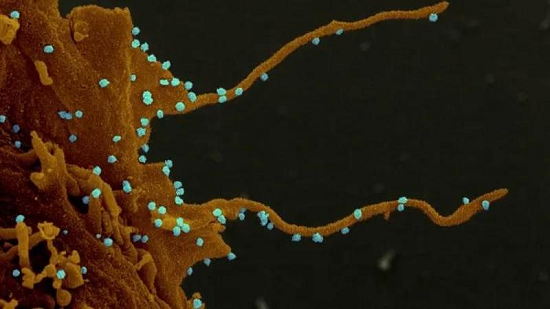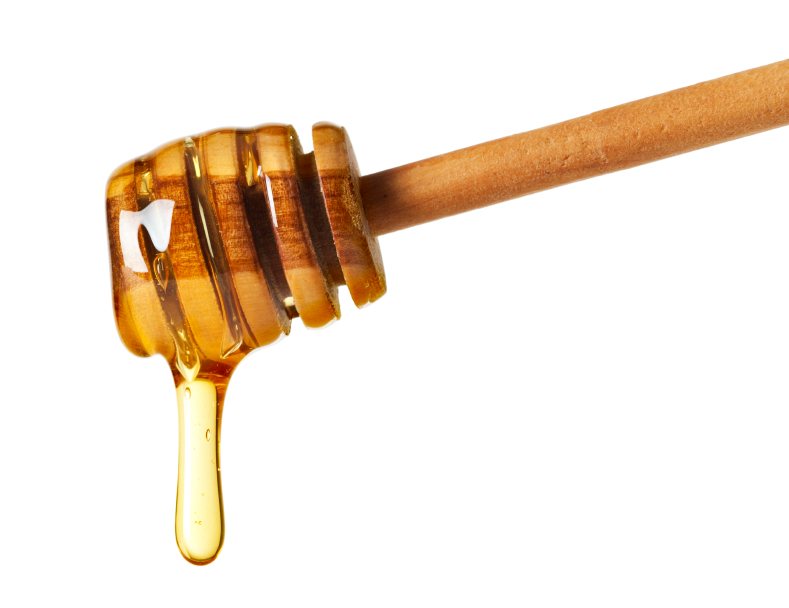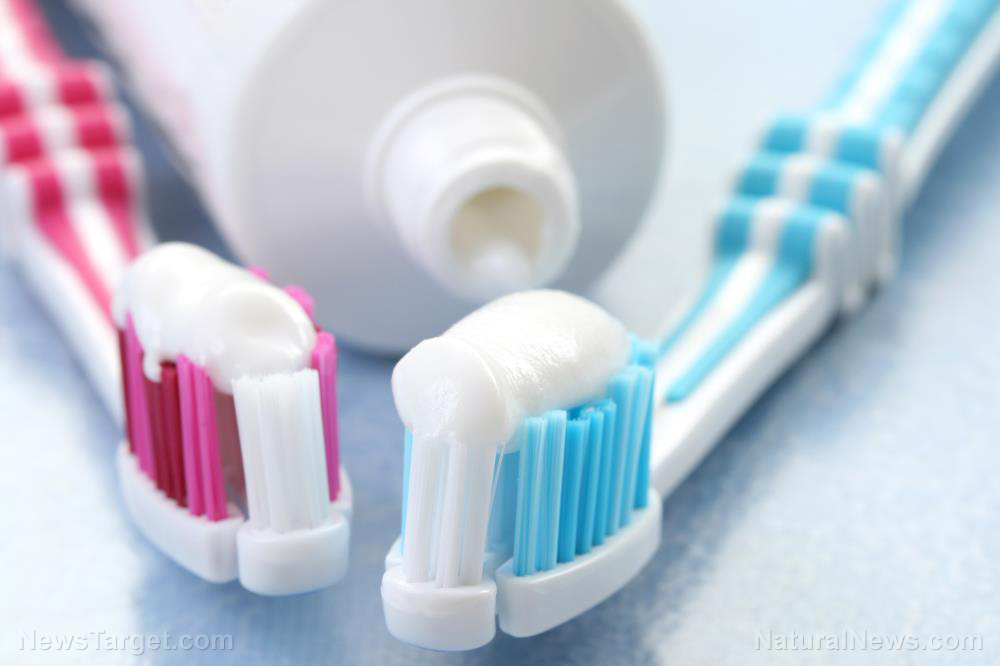Colloidal silver a powerful remedy against superbugs, study finds
02/08/2023 / By Ethan Huff

Researchers at the University of Florida have discovered that silver nanoparticles, also known as colloidal silver, can serve as a powerful remedy against antibiotic-resistant bacteria, more commonly known as “superbugs.”
Certain hard-to-fight infections die on contact with silver, the scientists revealed in their paper, which was published in the journal Frontiers in Microbiology. The antimicrobial properties of silver nanoparticles, or microscopic spheres of silver small enough to operate at the cellular level, could aid in the fight against antibiotic-resistant infections, which kill more than a million people globally every single year.
The purpose of the study was to test the efficacy of silver nanoparticles alongside a common class of broad-spectrum antibiotics known as aminoglycosides. Daniel Czy?, the study’s senior author, told the media that his team’s experiments show that the two things do, in fact, work synergistically.
“When combined with a small amount of silver nanoparticles, the amount of antibiotic needed to inhibit the bacteria decreased 22-fold, which tells us that the nanoparticles make the drug much more potent,” Czy? explained.
Taking aminoglycosides by themselves at prescribed doses is risky, carrying with it the potential for deadly side effects. Adding silver into the mix allows for lower doses of aminoglycosides to be taken with amplified effect, making for a safer remedy.
Autumn Dove, another study author, explained that prolonged overuse of antibiotics has created an environment where traditional remedies no longer work, hence the need for alternative remedies that include the addition of silver.
“Let’s say you get a bad burn on your hand, and it gets infected with one of these resistant strains of bacteria,” Dove is quoted as saying. (Related: Copper is another healing metal with strong efficacy against superbugs.)
“It’s possible that dressing that burn with a combination of silver nanoparticles and antibiotics could both clear that infection and prevent those resistant bacteria from spreading elsewhere.”
Low-dose antibiotics combined with silver a better remedy than antibiotics alone
While antibiotics primarily target bacteria, they are also known to damage human and animal cells. This makes them problematic even for their approved use, which is killing people’s healthy gut bacteria along with the bad kind.
The great thing about silver is that, as confirmed in tests using a microscopic worm called C. elegans, it does not harm non-bacterial cells like antibiotics do. Silver selectively targets just the harmful bacterial cells, making it a better remedy alongside lower doses of antibiotics as opposed to just higher doses of antibiotics by themselves.
The next step, based on these findings, is for the scientists to seek authorization from the U.S. Food and Drug Administration (FDA) to conduct clinical trials on the silver-antibiotics formula. They also hope to work with the University of Florida’s Innovate program to patent an antimicrobial product that contains silver nanoparticles.
“Perhaps there was a reason for gold and silver money, silver eating utensils, and the current use of silver in burn dressing,” one commenter wrote about the history of use for silver, gold, and other natural metals.
“They have discovered something that has been known for hundreds of years but has recently been hidden by Big Pharma.”
Another wrote that colloidal silver can be made at home fairly easily without the need to purchase it as a patented drug formula.
“It works against bacteria, virus, and fungus,” this person added about homemade colloidal silver. “The U.S. Navy has experimented with this and it is also used by the ‘silver spoon’ rich.”
Someone else joked that the new research “gives new meaning to being fed with a silver spoon.”
More related news coverage can be found at AlternativeMedicine.news.
Sources for this article include:
Submit a correction >>
Tagged Under:
alternative medicine, antibiotic-resistant bacteria, Antibiotics, Censored Science, Colloidal Silver, cures, infections, natural antibiotics, natural medicine, natural remedies, research, silver, silver nanoparticles, superbugs, suppressed
This article may contain statements that reflect the opinion of the author
RECENT NEWS & ARTICLES
COPYRIGHT © 2017 SUPER BUGS NEWS




